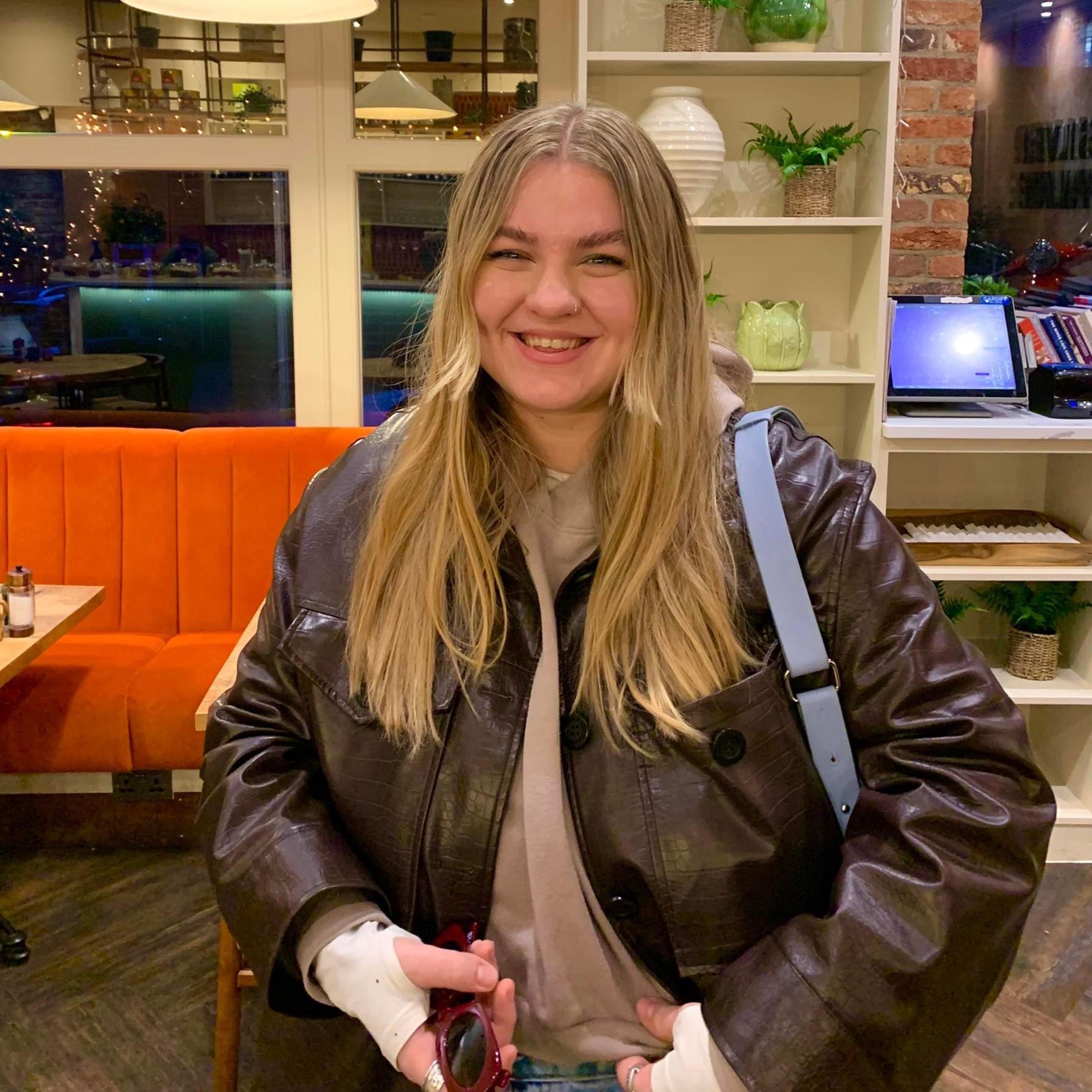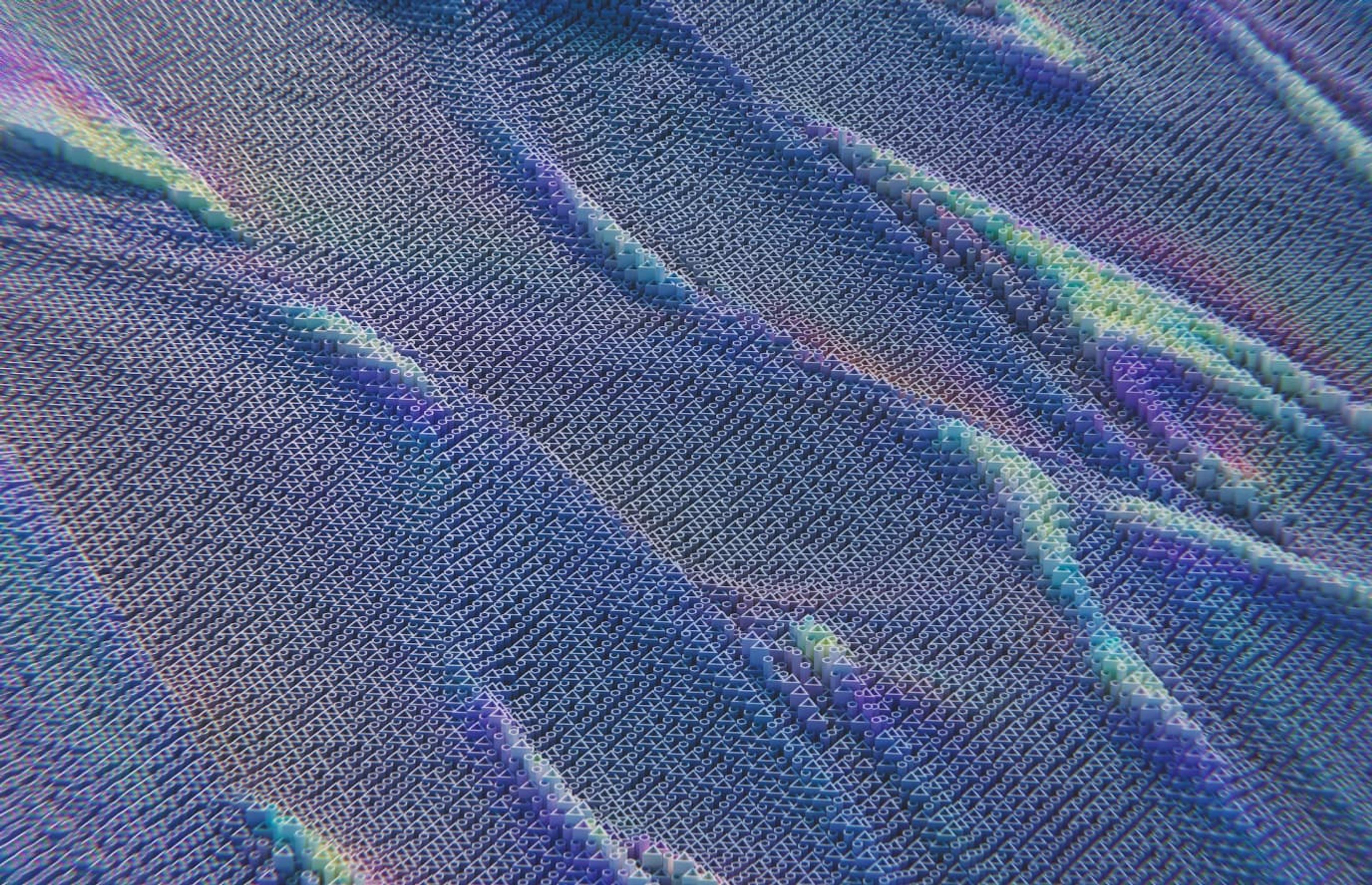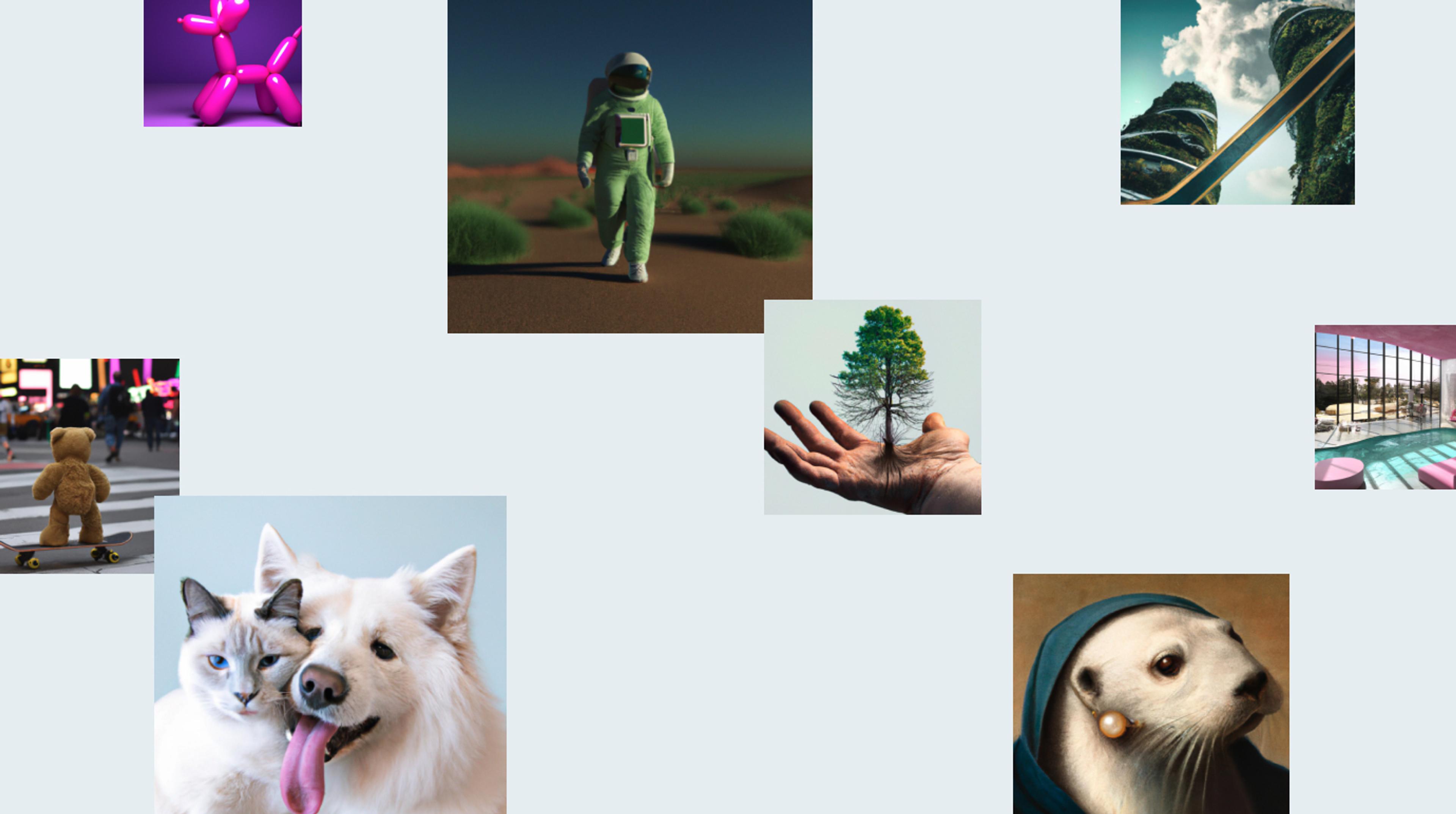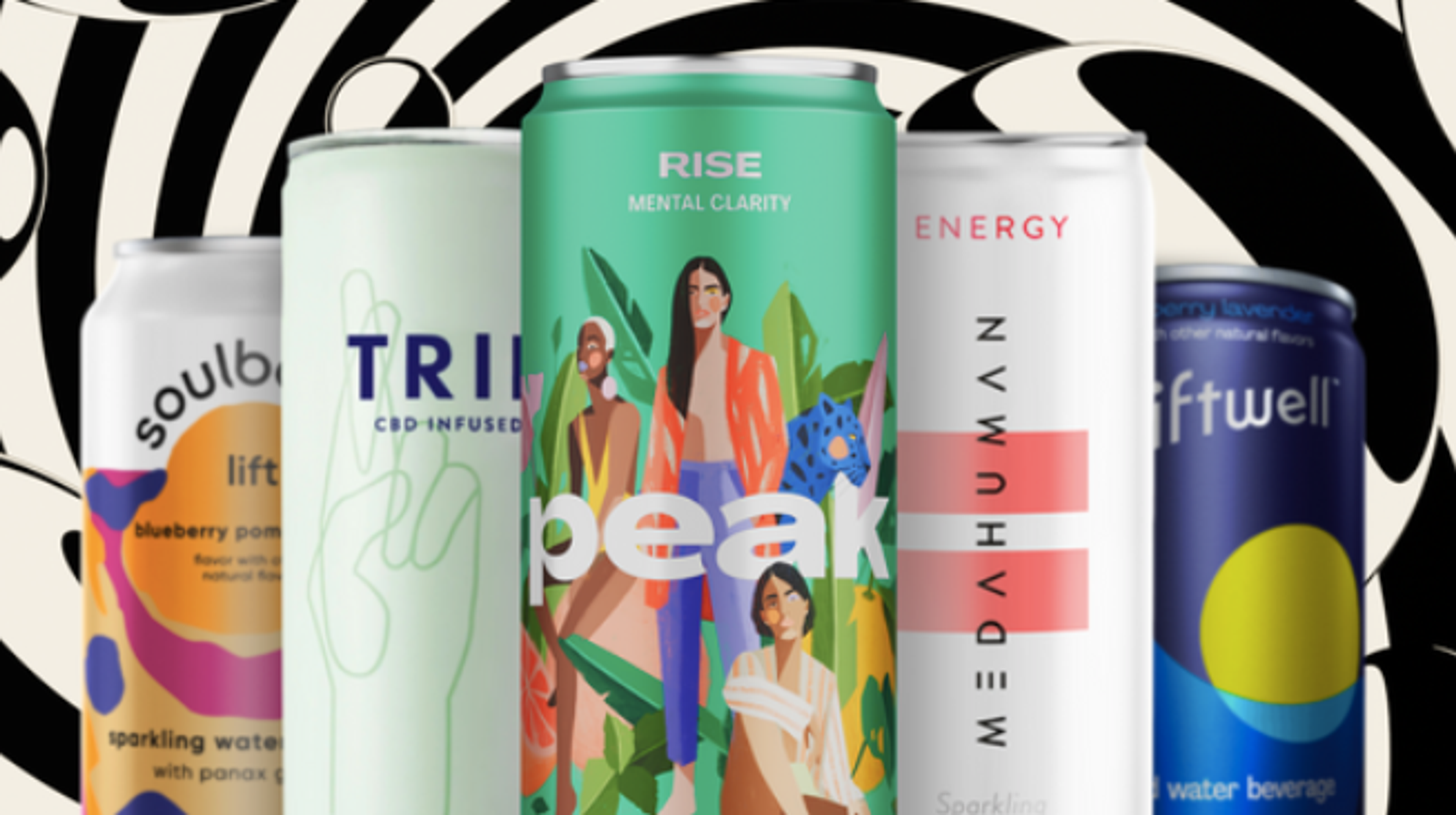Is AI coming for your design job?

Izzy Payne
19.09.2023

Artificial intelligence (AI) has been revolutionising the way we work. From healthcare to finance, AI has been making significant strides in automating processes and improving overall efficiency. The web design industry is no exception to this trend.
UI and UX designers are responsible for creating designs that are both aesthetically pleasing and user-friendly. They spend hours researching, designing, and testing their creations to ensure that they meet the needs of the target audience. Recent AI developments have left some designers wondering:
Can AI replace me?
Pros of using AI in design
Ensuring your website is useable and accessible is an essential part of design. Unlike some of the more creative aspects of web design, AI does this very well. There are heaps of new AI-based tools that automate the UX process by analysing user data and creating flows and layouts that are optimised for their needs. This can free up a lot of time for more creative and strategic design tasks.
“Because UX is based on patterns and data, using AI to improve UX makes sense. It’s not borrowing creativity from an uncredited artist or relying on misinformation - using AI to enhance things like accessibility makes a lot of sense.”
Laura Palmer, Designer at Neverbland.
As well as accessibility testing, designers spend a lot of time creating prototypes to test their designs. AI can be used to create prototypes automatically and even automate testing processes, such as A/B testing. This can save designers a lot of time and allow them to focus on more creative areas of the design process.
So many of us fear being replaced entirely by artificial intelligence but perhaps we need to approach AI differently. Instead of working against AI and hating the entire concept out of fear of job security, should we consider it a tool in our designer arsenals?
“I was really negative about AI,” explains Laura. “ I’ve always been sceptical about it because I'm nervous it will replace what designers do. But I was chatting to another designer about this recently who challenged me to think differently about it. He said he often uses AI to come up with design concepts by typing in a bunch of keywords related to a brief. I haven’t done this myself yet, but the concept of using generative image AI as a tool to stimulate creativity rather than simulate it seems like a useful approach to AI.”

Cons of AI in design
The essential fact that all designers and artists can seek comfort in is that AI cannot create unique ideas, it just collates and generates existing information. Humans have always been innately creative, artistic and emotional in ways that computers just can’t match right now.
“I don't see how AI design will progress, I can't envisage how it works without human designers and artists doing the work first. Design is very human. There are cultural elements and subtle human nuances that affect design so much. Even if we neglect this fact, AI is only generative from what already exists at this point. It can’t create truly unique ideas, it only collates existing data. So a world without human designers would just mean that everything would look the same, forever. I don’t see that happening soon.”
Laura Palmer, Designer at Neverbland
All AI can do is regurgitate combinations of other people’s work. Eliminating the human aspect of design would create an AI-generated echo chamber, where we could see the same styles over and over again.
Final thoughts
In conclusion, AI has the potential to revolutionise the UI and UX design industry. By automating some aspects of the design process, AI can save designers time and even improve the overall user experience.
While AI can replace some aspects of UI and UX design, it is important to note that it cannot completely replace human designers. AI is a tool that can be used to augment the design process, but it cannot replace the creativity and critical thinking skills of a human designer.
As Laura explains: “I don't think it will happen anytime soon. because I think the design industry will cherry-pick the best parts of AI to use as tools rather than replacements. I don't think we need to fear it just yet. I think it could free up a lot of time for designers, meaning we can focus on the best, most creative parts of the job.”
Related articles

Reaching your Peak Potential
4 min read


